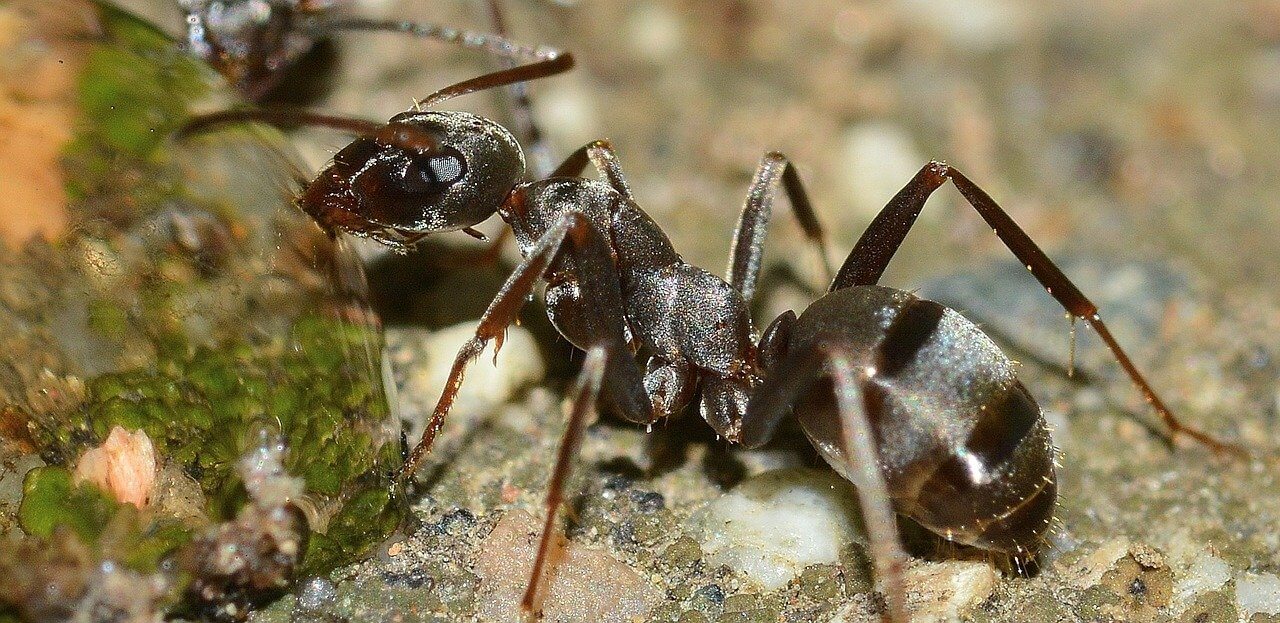How does the digestion and excretion system of insects work? Information About Digestion and Excretion Sytem Of Insects
The digestive system runs through the insect’s body from the mouth to the anus. It is divided functionally as well as structurally into three divisions: the stomodeum, which is concerned with preparing the food for digestion; the mesenteron, where the food is digested and absorbed; and the proctodeum, where the undigested food is combined with metabolic wastes and is prepared for elimination through the anus.
The mouth is located immediately in front of the mandibles, beneath an extension of the cuticle called the labrum, or upper lip. Salivary glands in the head discharge saliva into the base of the mouthparts, and in sucking insects a salivary duct opens into a special structure associated with the labrum and pours saliva onto the food before it is sucked up. Insect saliva usually contains an enzyme that begins the breakdown of starches. In mosquitoes and other bloodsucking insects the saliva contains substances that prevent the blood from clotting.
From the mouth, food is passed into the pharynx, which in sucking insects has powerful muscles and acts as a pump for suclcing up liquids. The rest of the stomadeum consists of the esophagus, or gullet, which is often enlarged into a crop for the temporary storage of food before it is digested. Sometimes the crop is not an enlargement of the esophagus but is a separate stalked structure connected to the esophagus. In some insects, such as most weevils, a proventriculus, or gizzard, helps in crushing the food before it is passed to the mesenteron.

The mesenteron is lined with special cells that secrete digestive enzymes. These enzymes break down the food into molecules that can then be absorbed by the cells and passed into the blood, which distributes them to all other body cells. The cells of the mesenteron are usually protected against actual physical contact with the ingested food by a membrane that allows only enzymes and food molecules to pass through it. At the end of the mesenteron is a circular band of muscle, the pyloric sphincter, which allows undigested food to pass into the proctodeum.
In the proctodeum the undigested food is combined with metabolic waste materials that are excreted by special tubules called the Malpighian tubules. These tubules may range in number from 1 to 150, and they act as kidneys, extracting uric acid and other waste products from the blood and passing them as urine to be mixed with the solid wastes of the digestive tract, forming the feces. The feces are eliminated through the anus, an opening on the last segment of the abdomen. Although most metabolic wastes are excreted with the feces, some are stored in the cuticle and may be responsible for the bright colors of many beetles and butterflies.
mavi